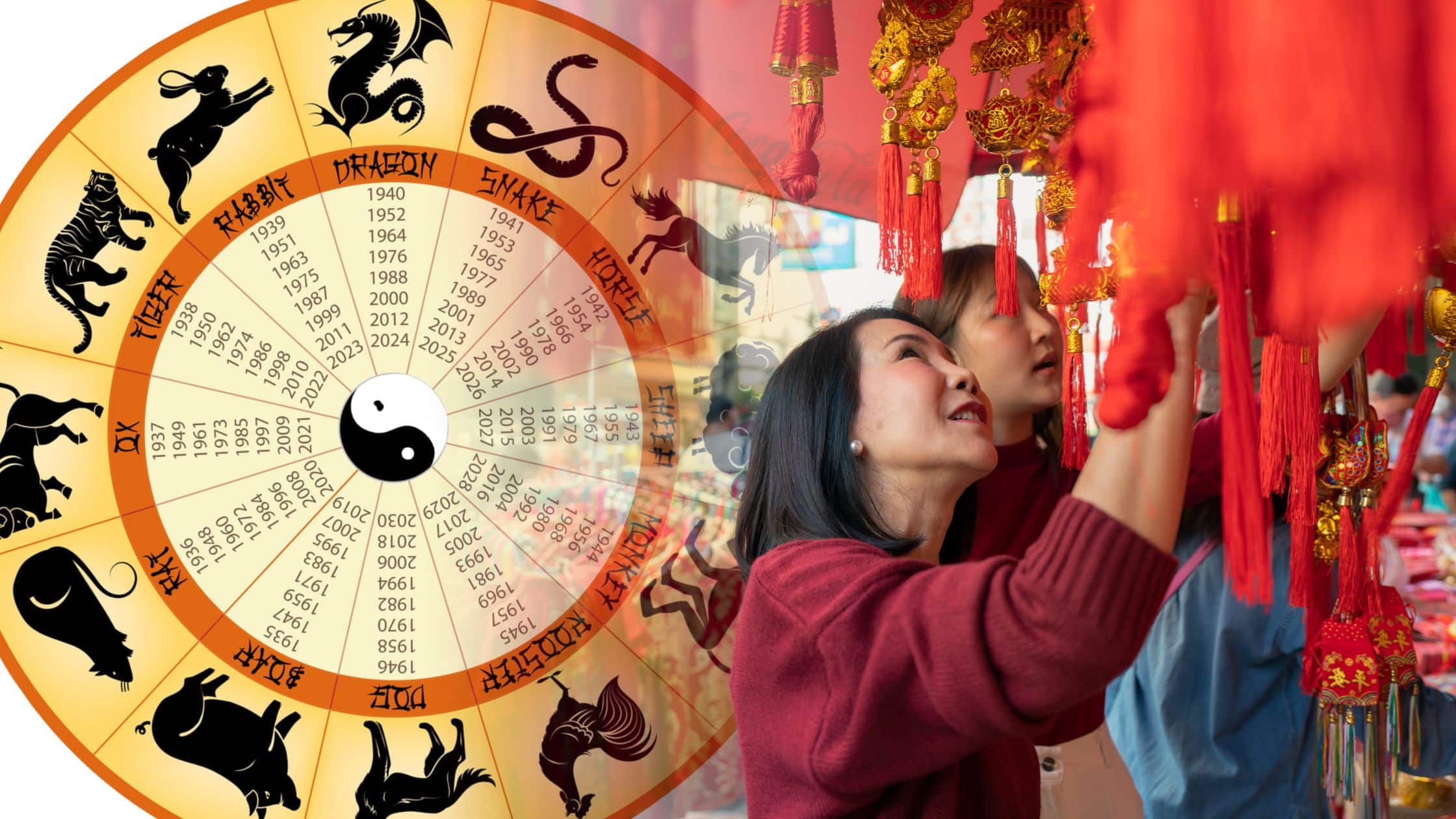Chinese New Year, also known as the Spring Festival, is the most significant traditional holiday in China, marked by a rich tapestry of cultural practices and customs. In 2025, the full lunar new year’s eve festivities will revolve around the Year of the Snake, symbolizing wisdom, intuition, and transformation. Whether you’re celebrating in China or as part of a global community, there’s a lot to learn and appreciate about this holiday, from its deep-rooted traditions to the modern twists it takes in today’s world.
The Date: When Does Chinese New Year Begin?
Chinese New Year doesn’t follow a fixed date on the Gregorian calendar but is based on the lunar calendar. The celebration is rich with year traditions that have been passed down through generations, reflecting deeply ingrained customs associated with the Lunar New Year.
The date is determined by the lunar month, which influences the timing of various preparations and activities leading up to the year’s day of the celebration. For 2025, the celebration will be expected to kick off on the night of January 29th, and the festivities typically last for 15 days, culminating in the Lantern Festival on February 13th. It’s a time for family reunions, festive foods, cultural performances, and, of course, the exchange of red envelopes filled with money as a symbol of good fortune.
Overview of Chinese New Year
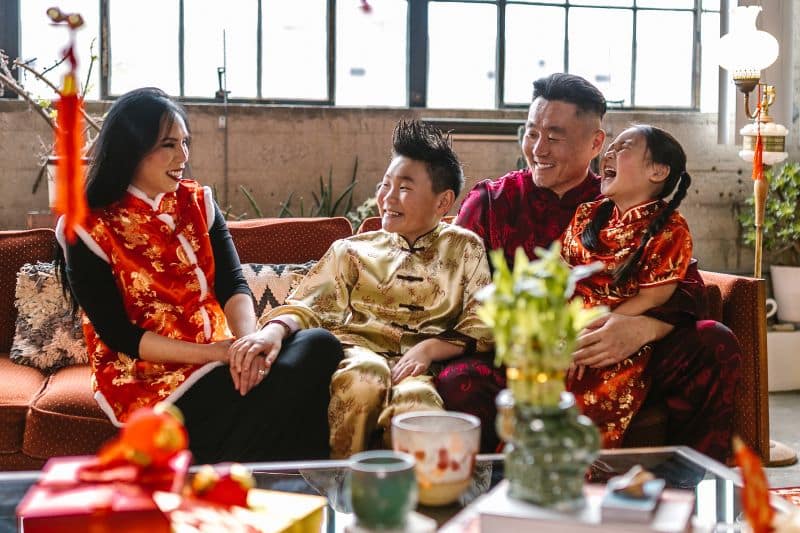
Chinese New Year, also known as the Spring Festival, is one of the most significant cultural celebrations in China and other countries with large Chinese communities. This festival marks the beginning of the new year on the traditional Chinese calendar and is a time for renewal, reflection, and joyous celebration.
Families come together to honor their ancestors, partake in festive activities, and seek good fortune for the coming year. The Spring Festival is steeped in tradition, with customs that have been passed down through generations, making it a time of deep cultural significance and communal bonding.
The Year of the Snake: What Does It Mean?
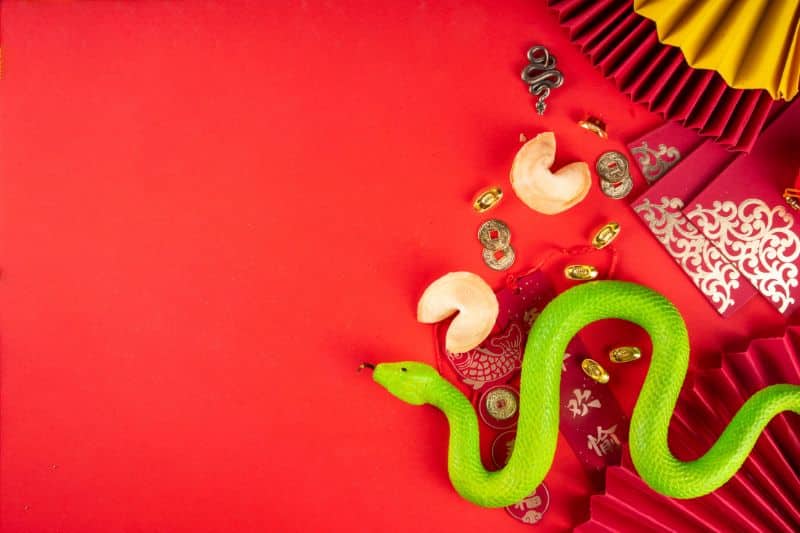
The Chinese zodiac calendar is a 12-year cycle represented by different animals, with 2025 marking the beginning of the Year of the Snake. People born in this year are often associated with qualities such as elegance, wisdom, and intuition.
The Snake is seen as a symbol of transformation and renewal—qualities that encourage introspection and growth. Many believe that the Year of the Snake will be a time for shedding old habits and embracing new opportunities, both personally and professionally.
For those born under the Snake sign, 2025 is a date said to be a year of significant self-discovery, where the wisdom of the Snake can lead to greater clarity in decision-making and life direction.
Chinese Zodiac Calendar
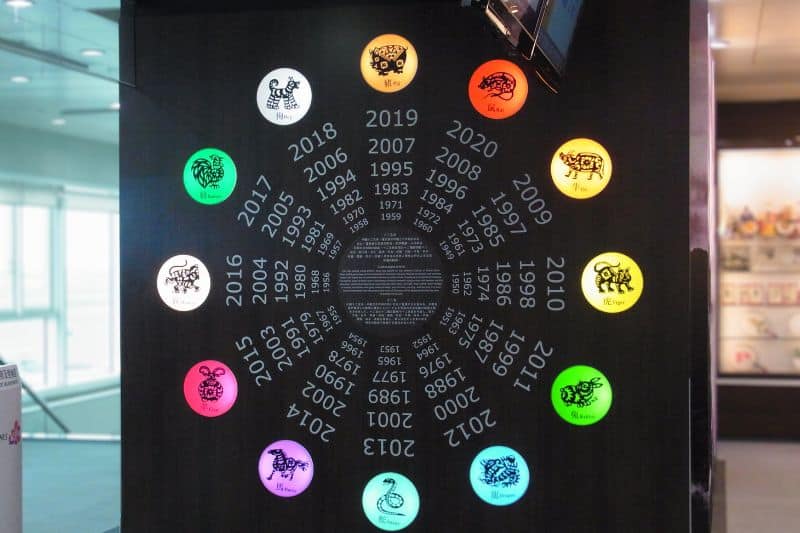
The Chinese Zodiac Calendar is a fascinating 12-year cycle, each year represented by one of 12 unique animals: Rat, Ox, Tiger, Rabbit, Dragon, Snake, Horse, Goat, Monkey, Rooster, Dog, and Pig. This cycle repeats every 12 years, and each animal is believed to bestow specific traits and fortunes upon individuals born in its year.
The Chinese Zodiac Calendar is not just a way to mark time; it plays a crucial role in Chinese culture, influencing personality traits, destiny, and even compatibility in relationships. Understanding your zodiac sign can offer insights into your character and potential life path.
Traditions and Customs of the Spring Festival
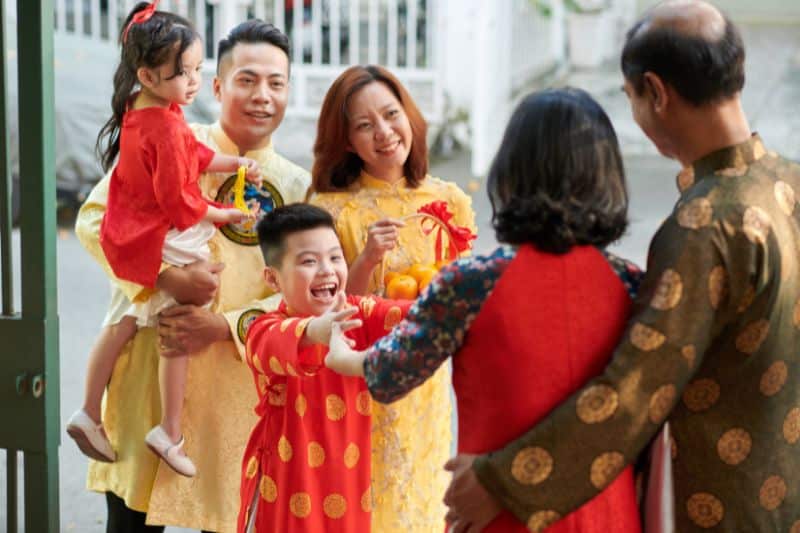
Chinese New Year is a time when families come together to celebrate and honor their ancestors through various year traditions. The customs and traditions associated with this holiday vary by region but share common themes of prosperity, health, and happiness.
These customs reflect the rich tapestry of Chinese culture, showcasing rituals that have persisted and evolved over centuries. Year over the lunar first year festivities and traditions observed each year reflect cultural heritage and beliefs tied to the lunar calendar. Here are some key traditions:
Reunion Dinner
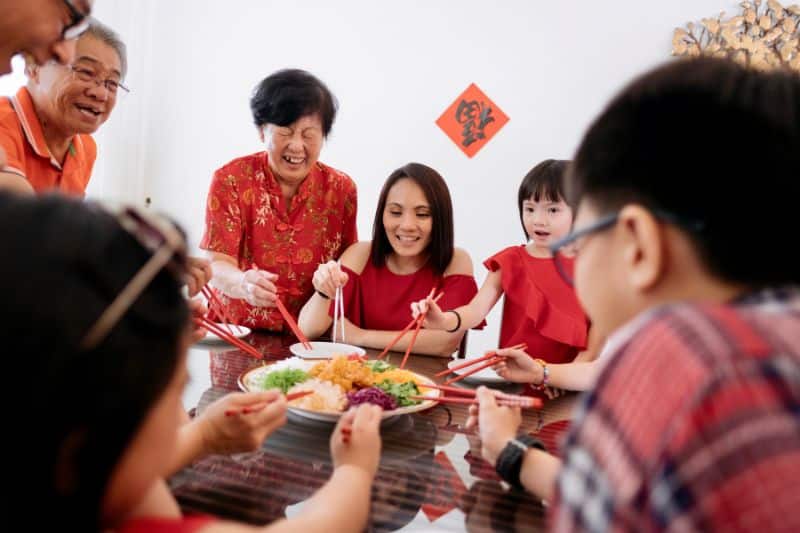
On the eve of Chinese New Year, families gather for a big reunion dinner, one of the most important meals of the year. Traditional foods like fish (for prosperity), dumplings (symbolizing wealth), and rice cakes (for growth and progress) are served.
The Chinese word for rice cakes, ‘gao’, sounds like the word for ‘tall’ or ‘high’, symbolizing growth and progress. The family meal is not just about food but also about reconnecting and reinforcing family bonds. Another significant dish is Yee Sang, which includes strips of raw fish, symbolizing abundance and prosperity.
Red Envelopes (Hongbao)
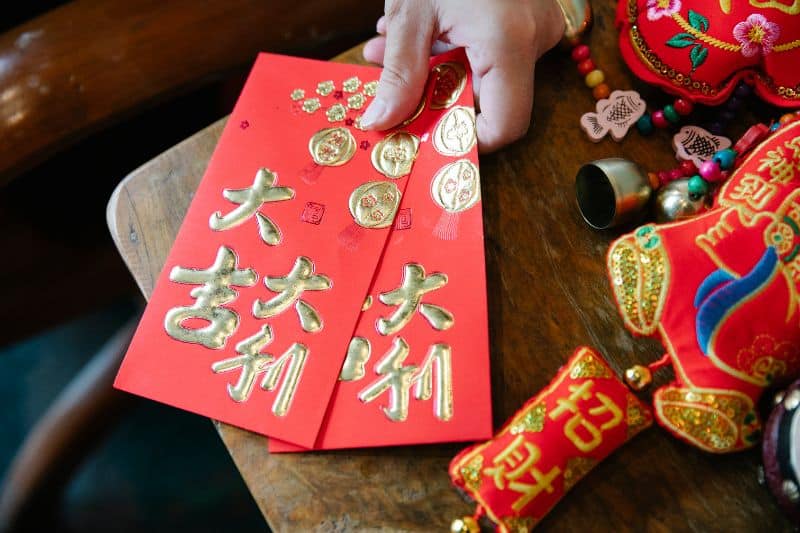
One of the most anticipated aspects of Chinese New Year is the exchange of red envelopes, known as hongbao. These envelopes contain money and are typically given to children, unmarried adults, and sometimes employees as a gesture of good luck. The red color of the envelope symbolizes happiness, good fortune, and prosperity.
Fireworks and Firecrackers
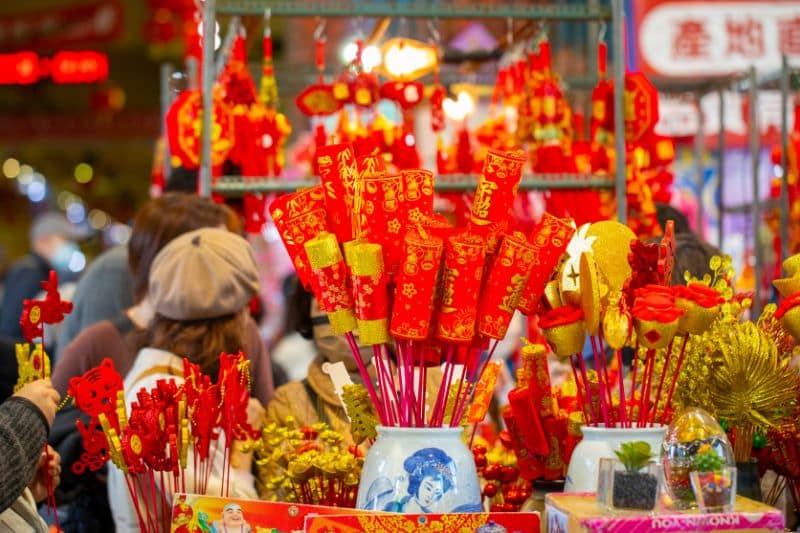
The lighting of fireworks and firecrackers is a centuries-old tradition, believed to scare away evil spirits and bad luck. The loud sounds are thought to bring joy and drive away negative energy, making way for new opportunities and good fortune in the coming year.
Lion and Dragon Dances
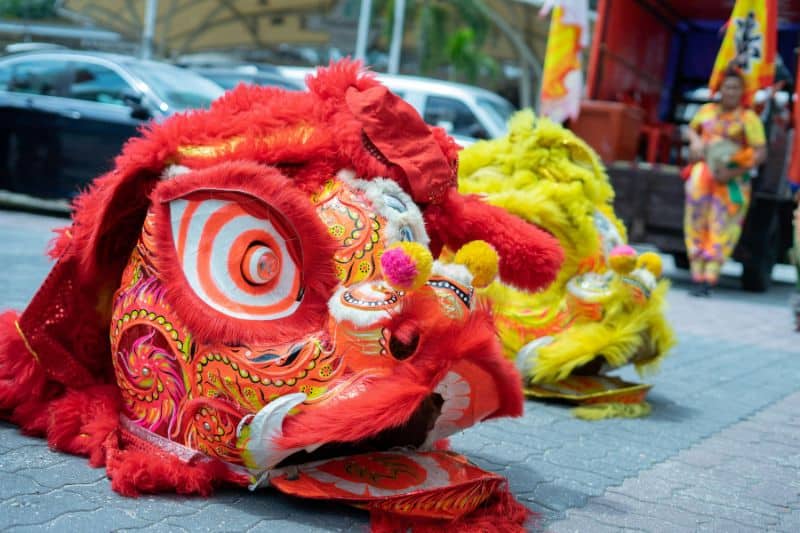
Performances of lion and dragon dances are a vibrant part of Chinese New Year celebrations. These lively, colorful displays are meant to bring good luck, drive away evil spirits, and bring prosperity to businesses and homes. In many cities, these dances are performed in parades, often accompanied by drums and cymbals.
Cleaning and Decorating the Home
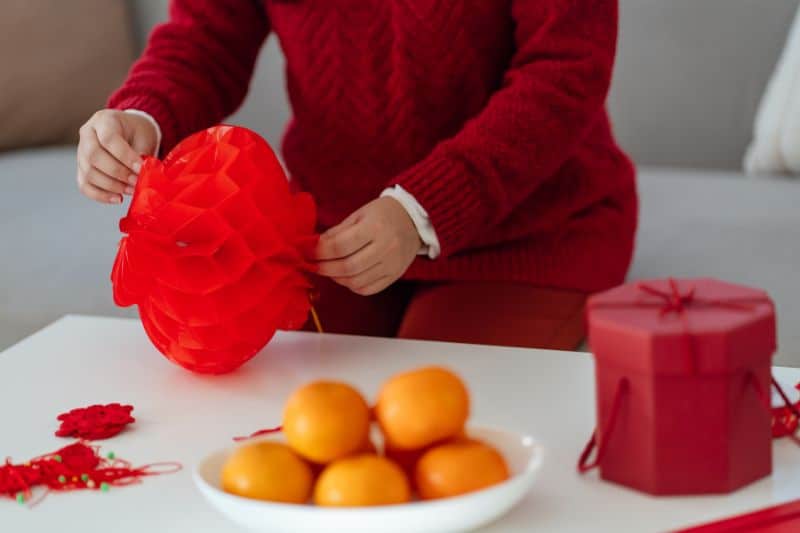
Leading up to the New Year, it’s customary to thoroughly clean the home in preparation for the celebrations. This practice is believed to sweep away bad luck and make room for new blessings. Year preparations during the last lunar month include family visits and specific rituals. Afterward, homes are often decorated with red lanterns, couplets, and symbols of good fortune.
Preparing for Chinese New Year
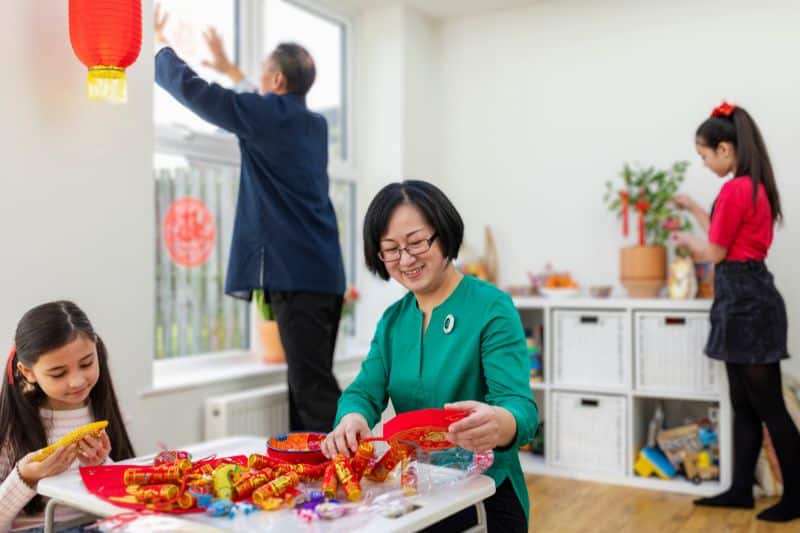
Preparing for Chinese New Year is an integral part of the celebration, filled with activities that symbolize the ushering in of good fortune and the expulsion of evil spirits. Families start by thoroughly cleaning their homes to sweep away any bad luck and make room for new blessings.
Homes are then adorned with red decorations, couplets, and symbols of prosperity. Traditional foods are prepared, and red packets filled with money are readied to be given to children and unmarried adults as tokens of good luck. The first year preparations also include participating in vibrant lion and dragon dances, and setting off fireworks to drive away evil spirits and welcome the new year with a bang.
The Lantern Festival
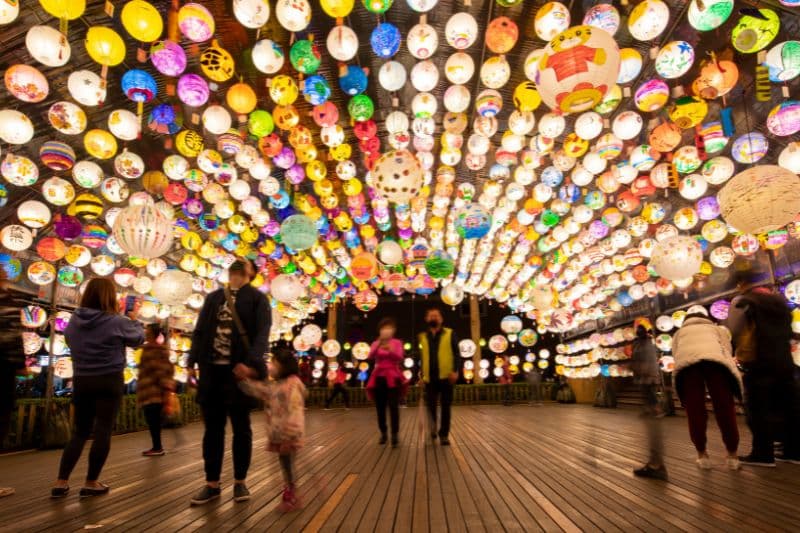
The Lantern Festival, celebrated on the 15th day of the first lunar month, marks the grand finale of the Lunar New Year festivities. This enchanting event is a time for families to gather and celebrate the first full moon of the lunar year. People light beautifully crafted lanterns, often in the shapes of animals or auspicious symbols, to drive away darkness and welcome light and good fortune.
The festival is also a culinary delight, featuring traditional foods like sweet rice dumplings called tangyuan, which symbolize family unity and happiness. The celebrations are often accompanied by fireworks and by mesmerizing lion, tiger and dragon dances, adding to the festive atmosphere and cultural richness of the event.
The Global Reach of Chinese New Year
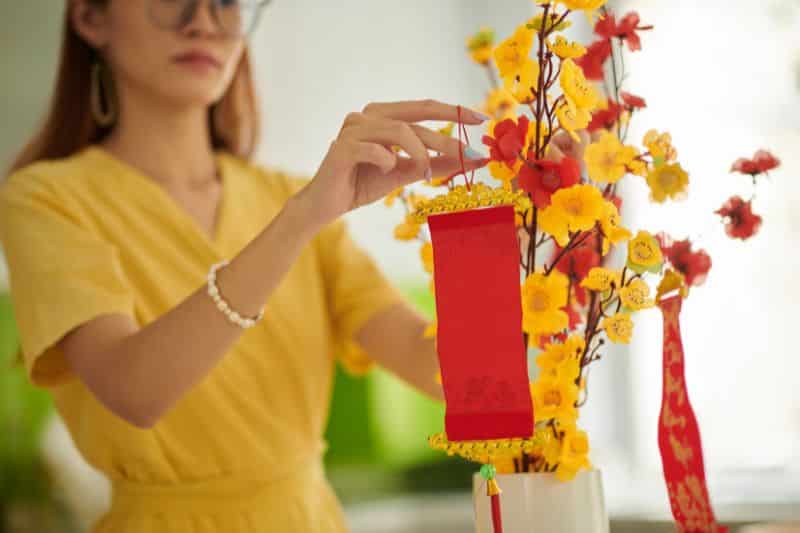
While Chinese New Year has its origins in China, it is celebrated by millions of people worldwide, especially in areas with significant Chinese populations. Cities like San Francisco, Sydney, London, and New York host massive parades, festivals, and events to mark the occasion.
It’s a time for communities to share their cultural heritage and invite others to join in the winter festivities. In South Korea, the first day of Lunar New Year, known as Seollal, is celebrated with unique traditions such as honoring ancestors, festive games, and enjoying popular foods like rice cakes and pancakes.
A Time for Reflection and Renewal on Year’s Eve
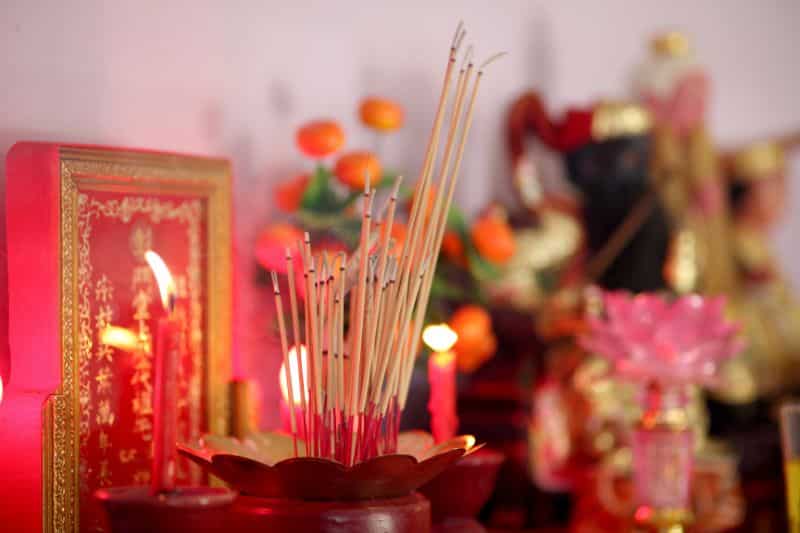
In addition to the fun and festivities, Chinese New Year is also a time for personal reflection. The New Year is seen as an opportunity to start fresh—whether that means setting new goals, letting go of past struggles, or reconnecting with loved ones.
Visiting family and friends during this period often involves bringing oranges and tangerines, which symbolize wealth and good luck, thus strengthening relationships. The act of honoring ancestors through rituals and offerings reminds people to respect the past while looking forward to the future with hope and optimism.
Embracing Tradition in a Modern World
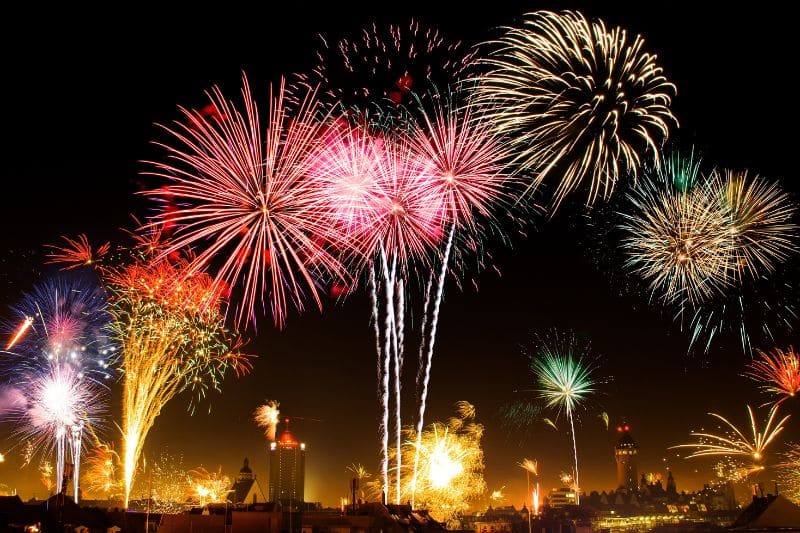
As we celebrate Chinese New Year 2025, it’s a chance to embrace both tradition and innovation. While the core customs remain as vibrant as ever, many people are also finding new ways to connect with their cultural heritage in the digital age. From virtual red envelopes to livestreamed performances of lion dances, for example, the fusion of tradition and technology adds a modern twist to the celebrations.
No matter where you are in the world, Chinese New Year offers a unique opportunity to reflect, renew, and reconnect with loved ones. With its rich customs, fascinating symbolism, and global significance, the first day of the Year of the Snake promises to be a time of personal and collective growth. May the year ahead be filled with wisdom, transformation, and good fortune for all!

